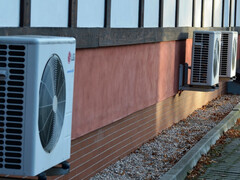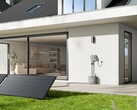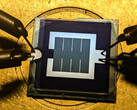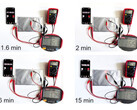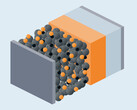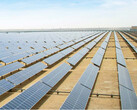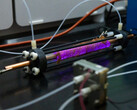It's still a small prototype that researchers at Huazhong University of Science and Technology in Wuhan have developed, but the performance figures and concept presented in the corresponding scientific study could soon make some widely used technologies look quite inefficient.
The authors claim that a so-called thermogalvanic cell can be used to create a temperature difference between two separated areas. It can convert electrical energy into chemical energy and only uses a tiny amount of electricity, which means that the thermodynamic cycle can't keep up.
All refrigerators and freezers use this principle. A mechanical compressor, which is powered by electricity, transfers heat from one area to another. A heat pump pretty much does the exact same thing, it can produce warm air for the house and leave the cold air outside, or vice versa.
Superior efficiency
An important factor here is the CoP (Coefficient of Performance). An efficient setup would have a coefficient of around 5. In case of a heat pump, five times the heat output can be generated for the electric power it consumes.
In contrast, the aforementioned thermogalvanic cell has an impressive coefficient of 14.2. This was achieved by reducing or oxidizing iron ions with the help of electricity, which essentially creates rust. Oxidizing iron releases heat, while its reduction absorbs heat.
Supposedly, the system can be easily replicated and scaled up or down with very little effort. This means that the heat pump alternative could be utilized in refrigerators or residential cooling and heating systems. But first, this new technology must find its way out of the lab and demonstrate its efficiency in real-world use cases.




